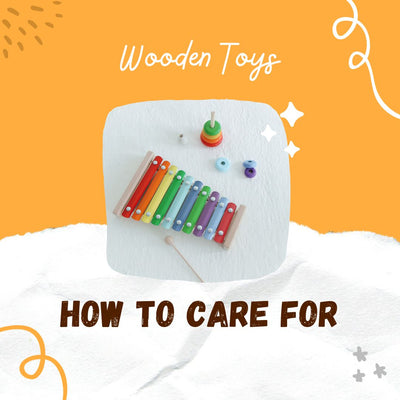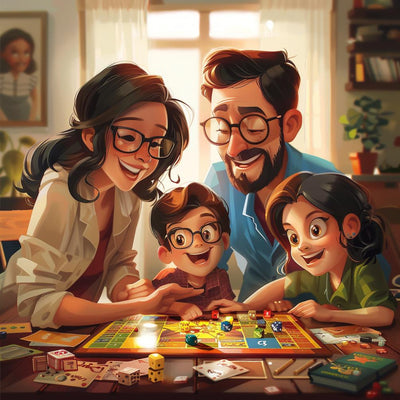While children may naturally transition away from traditional toys as they grow, it's essential for parents and caregivers to recognize the importance of play in fostering creativity, cognitive development, and social skills. In this blog, we will explore strategies to help sustain children's interest in toys, ensuring that play remains an integral part of their ongoing development.
- Rotate and Refresh Toy Collections:
One effective way to maintain a child's interest in toys is to periodically rotate and refresh their toy collection. By introducing toys in a cyclical manner, you bring a sense of novelty and excitement. Store some toys away for a few weeks, then reintroduce them, creating a fresh and engaging experience.
- Integrate Educational Toys:
Select toys that seamlessly blend entertainment with education. Educational toys, such as science kits, building blocks, and puzzles, not only capture a child's interest but also promote learning. Choose toys that align with their academic development, fostering a sense of curiosity and a love for exploration.
- Encourage Imaginative Play Themes:
Inspire creativity by introducing toys that encourage imaginative play. Themed playsets, costumes, and props can transport children to different worlds, fostering storytelling and role-playing. This not only keeps the play experience exciting but also contributes to language development and social skills.
- Involve Children in Toy Selection:
Empower children by involving them in the process of selecting toys. Take them to toy stores, let them explore online options, and consider their preferences. When children have a say in choosing their toys, they feel a sense of ownership and are more likely to stay engaged with their playthings.
- Create Play Spaces:
Designate specific areas in the home for play, creating a conducive environment for imaginative exploration. Ensure that these spaces are well-organized and visually appealing. Having a dedicated play area signals to children that playtime is valued, making them more inclined to engage with their toys.
- Combine Technology with Traditional Play:
Incorporate technology in a balanced manner by selecting toys that blend traditional and digital elements. Interactive toys, augmented reality games, or educational apps on tablets can provide a modern twist to play while maintaining the benefits of hands-on engagement.
- Host Playdates and Group Activities:
Children often find joy in playing with their peers. Organize playdates or group activities where children can share and enjoy toys together. This social aspect not only enhances their play experience but also reinforces the importance of play in building friendships.
- Emphasize Quality Family Time:
Participate in playtime with your child, emphasizing the value of quality family interactions. Whether it's building with blocks, playing board games, or engaging in outdoor activities, your involvement not only sustains their interest in toys but also strengthens the parent-child bond.
- Explore New Toy Trends:
Stay informed about current toy trends and innovations. Whether it's the latest in building sets, STEM toys, or interactive gadgets, introducing new and trendy toys can pique a child's curiosity and maintain their interest in play.
While children may naturally outgrow certain toys, it's crucial to create an environment that encourages continued engagement in play. By incorporating these strategies, parents and caregivers can foster a lifelong love for exploration, creativity, and learning. Sustaining a child's interest in toys goes beyond the toys themselves – it involves creating meaningful and enjoyable play experiences that contribute to their ongoing development and well-being.





